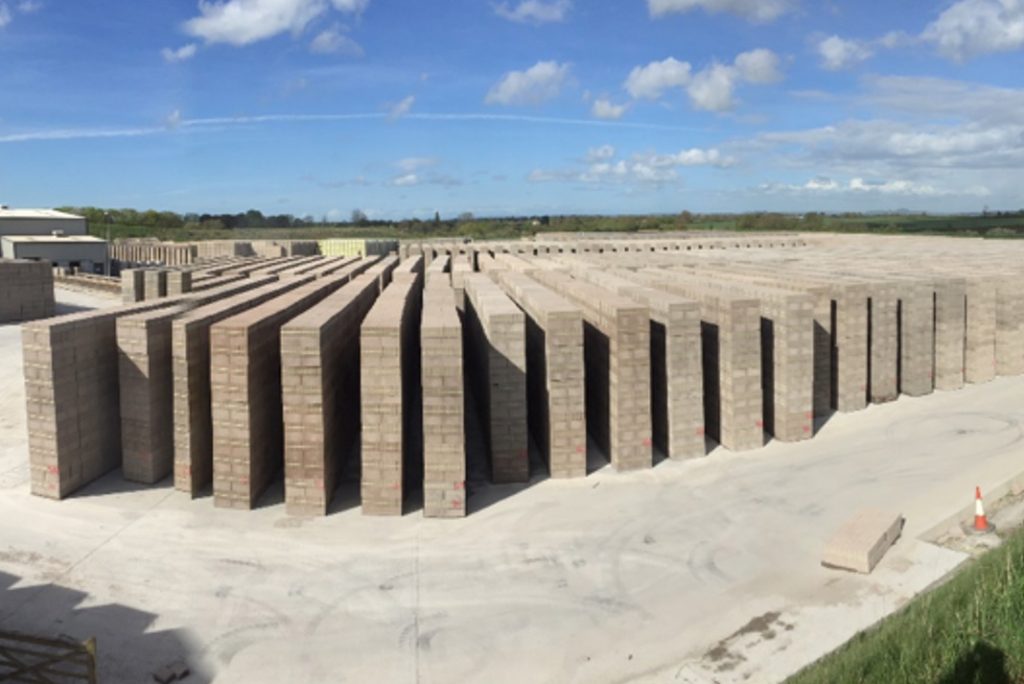Safeguard shows the expert way to tackle flooding
 With more than five million homes in England and Wales reportedly at risk of flooding, Safeguard Europe – a specialist in damp-proofing and waterproofing technology – has produced a guide to protecting property: Designing for Flood Resilience and Resistance.
With more than five million homes in England and Wales reportedly at risk of flooding, Safeguard Europe – a specialist in damp-proofing and waterproofing technology – has produced a guide to protecting property: Designing for Flood Resilience and Resistance.
Drawing upon its 35 years of experience, the company has created several flood management systems which illustrate the various mechanisms by which flood water can enter a property and how to stop it, as well as detailing the internal and external remedial works necessary for habitable reinstatement.
There are said to be two main approaches to tackling flooding – water exclusion and water entry strategies, alternatively known as flood resistance and resilience respectively – and the guide explains both and how to deploy them.
According to Safeguard, resistance is attempting to exclude water and can only be used only if typical flood water depths are 600mm or less. Beyond this depth, flood waters can inflict structural damage – and water entry, or resilience, is recommended. Resilience is the ability to recover from a flood event and is the appropriate strategy to minimise (structural) damage in the face of flood waters over 600mm.
Due to the difficulty in achieving complete resistance to flood waters, designing for resilience is said to offer a more robust strategy.
Selecting the correct approach is categorised into three flood system packs that employ these strategies, or a mixture of each, to anticipate every flood scenario. The foundation for the system is flood system 1 pack, which provides basic resilience by employing the company’s dryzone damp-resistant plaster and a specially designed lime-based skim coat as a flood resilient wall coating, together with a secondary chemical DPC rods installed above design flood height.
Unlike traditional gypsum plasters, these plaster and skim finishes reportedly retain their strength and dimensions under flood conditions and dry out quickly, while their alkaline content deters mould growth.
The secondary DPC is formed using dryrod damp-proofing rods, while drybase liquid-applied DPM should be applied to seal floors and lap the wall to just above the level of the primary DPC.
Deploying two strategies, resilience combined with basic resistance, flood system 2 is said to help external walls resist flood water with stormdry masonry protection cream and stormdry tough coat limiting the amount of water seeping through the walls and speeding up the drying time after a flood. Flood system 2 incorporates all the measures in flood system 1 – dryzone damp-resistant plaster and dryrod damp-proofing rods – to ensure that the internal walls dry rapidly and can be redecorated quickly.
Flood system 3 reportedly has the level of protection to the internal walls by, in effect, tanking them with drybase tanking slurry, a cementitious tanking product that provides waterproofing at negative pressures up to 5 bar. This can be applied up to 0.6m to stop flood water getting into the premises and is particularly suitable where very low-level flooding (<0.3 m) is expected.
Providing a ‘flood repairable option’, the guide also considers the dryzone express replastering system which can be combined with all three packs for swifter results. Dryshield cream, a breathable salt and mould-resistant and water-repellent cream, goes on the walls to aid the drying out process while plasterboards are installed horizontally – for easy removal and replacement after flooding – and secured with drygrip adhesive, a salt and damp-resistant glue.
The system reportedly allows for remedials and room reinstatement in around 24 hours. This is said to represent not only a significant time-saving over more traditional methods; but also a significantly cleaner and more convenient approach. This tackles many of the problems confronted by landlords, homeowners and tenants faced with decanting the from property when protracted works are undertaken.















